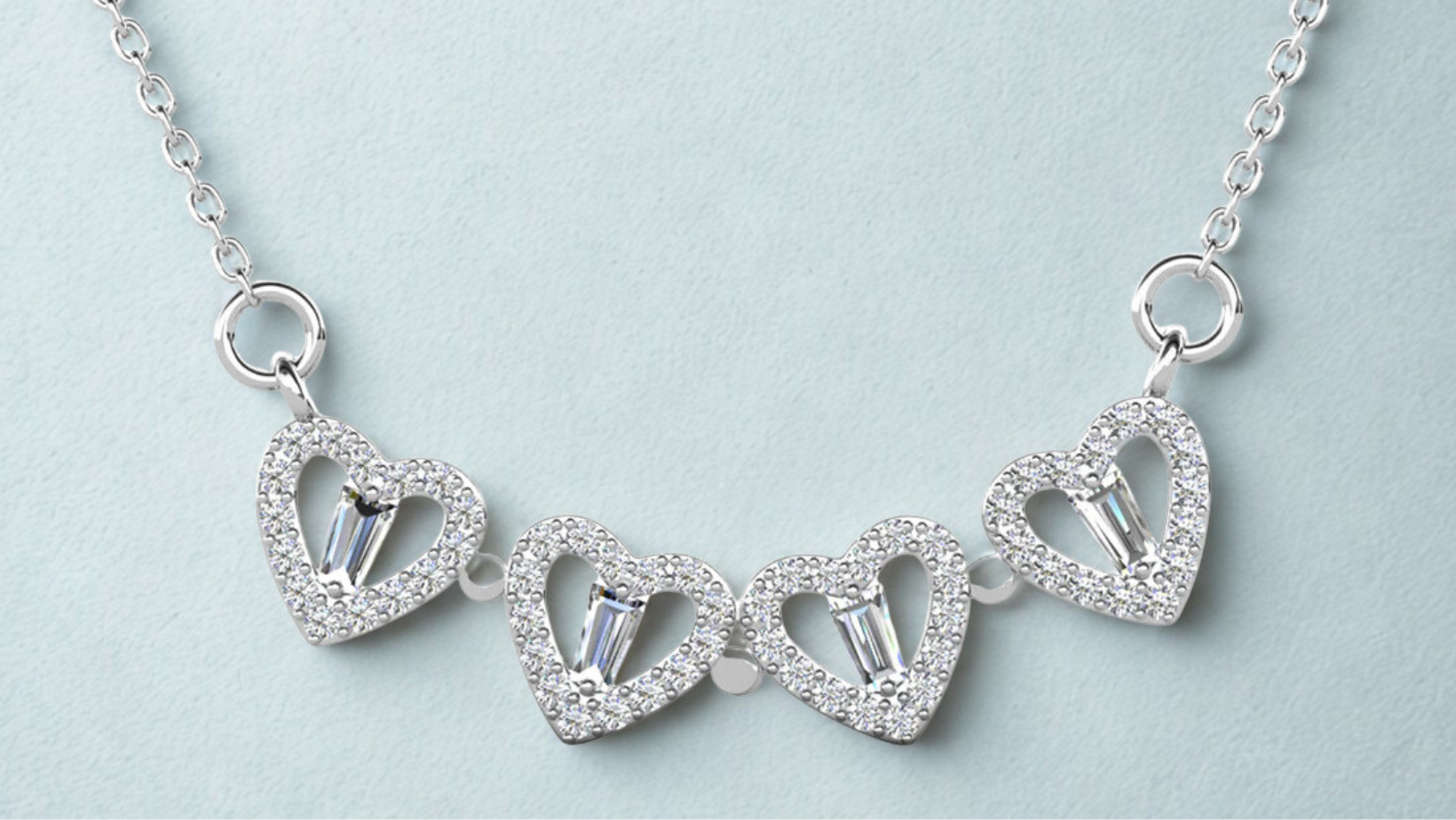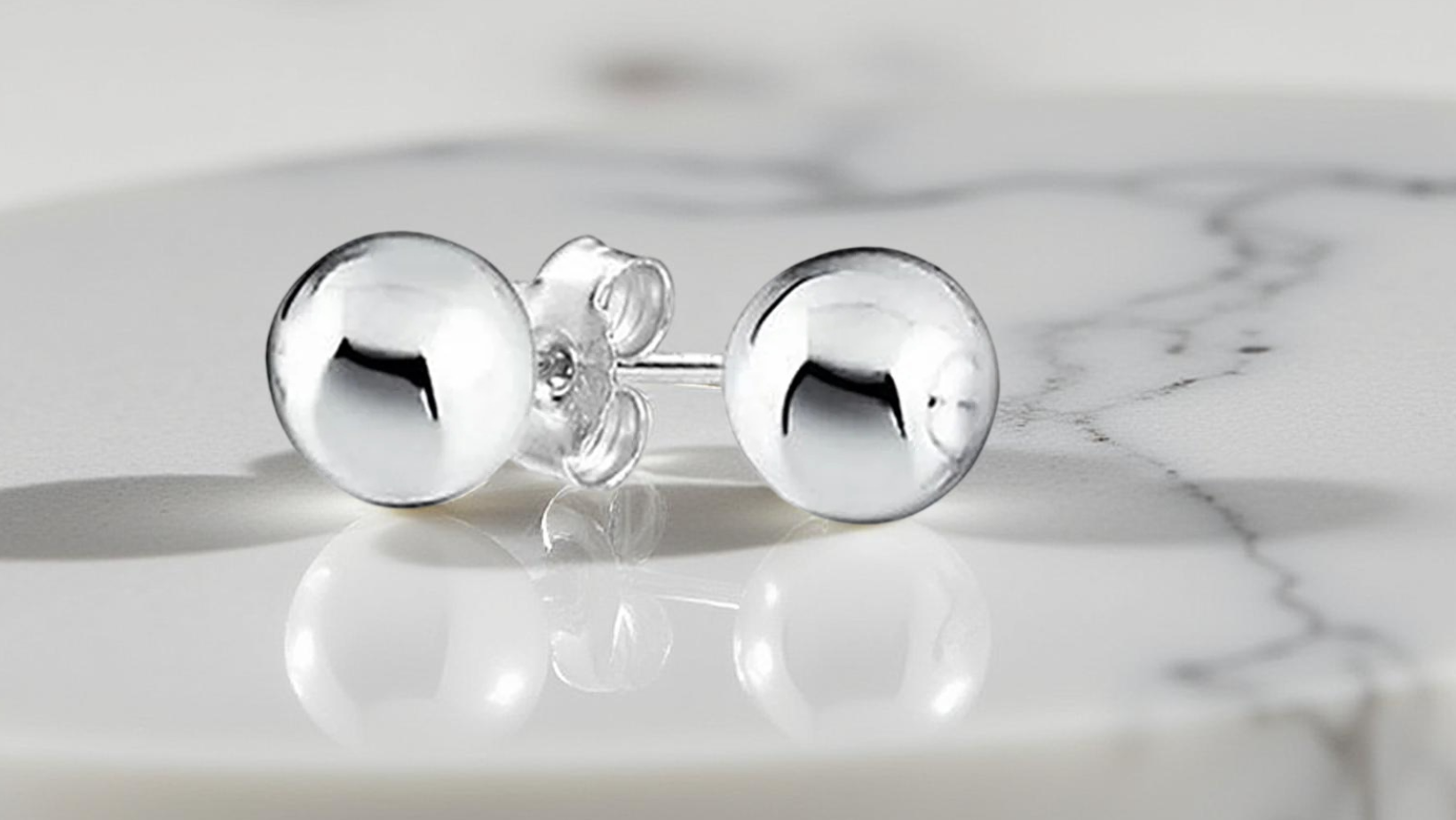White Gold vs. Yellow Gold Jewelry: Exploring the Differences and Distinctions

Gold has been cherished as a precious metal for centuries, adorning jewelry with its timeless beauty and allure. While yellow gold has been a traditional favorite, white gold has emerged as a popular alternative. In this blog, we will delve into the world of white gold and yellow gold jewelry, exploring their unique characteristics, differences in composition, and visual aesthetics. By understanding these distinctions, you can make an informed choice when selecting the perfect piece of gold jewelry that suits your preferences and style.
Composition and Manufacturing
Yellow gold is made of pure gold (24 karat) combined with alloy metals such as copper and silver. The alloy metals lend yellow gold its distinct warm hue, durability, and strength. The gold content is expressed in karats, with 18K (75% gold) and 14K (58.3% gold) being commonly used in jewelry. The addition of copper gives yellow gold its characteristic rich color, while silver adds brightness and enhances its malleability.
White gold, on the other hand, is an alloy made by combining pure gold with white metals such as nickel, palladium, or silver. The addition of these metals gives white gold its signature silvery-white appearance. Nickel, in particular, is known for providing strength and durability to the alloy. However, due to potential allergic reactions, nickel is being used less frequently in white gold jewelry, with palladium or silver being preferred alternatives. To achieve a brilliant white color, white gold is often plated with rhodium, a precious metal from the platinum family. This rhodium plating enhances the jewelry's luster and provides a protective coating.
Visual Differences
Yellow gold jewelry showcases a warm, rich, and classic hue that is associated with tradition and timelessness. Its vibrant color complements a wide range of gemstones and works well in traditional and vintage-inspired designs. Yellow gold jewelry tends to exude a sense of warmth and nostalgia, making it a popular choice for heirloom pieces or symbolic jewelry like wedding bands.
White gold, with its cool and contemporary appearance, has gained popularity for its modern and versatile aesthetic. The silvery-white hue of white gold pairs well with diamonds and colored gemstones, lending a sophisticated and elegant look. White gold jewelry often appeals to those seeking a more contemporary and sleek style. It provides a neutral backdrop that allows gemstones to shine, making it an excellent choice for engagement rings and statement pieces.
Durability and Maintenance
Yellow gold is known for its durability and resistance to tarnish. The alloy metals mixed with gold enhance its strength, making it suitable for everyday wear. However, it is worth noting that the higher the karat, the softer the gold, so 24K gold may be more susceptible to scratches and dents. To maintain the beauty of yellow gold jewelry, regular cleaning and occasional polishing are recommended.
White gold, while visually stunning, is slightly less durable than yellow gold. The alloy metals used in its composition make it stronger than pure gold but not as durable as yellow gold. However, white gold is often alloyed with palladium, which adds durability and resistance to tarnish. Over time, the rhodium plating on white gold jewelry may wear off, revealing a slightly yellowish tint. However, this can be easily remedied by re-plating the jewelry to restore its bright white appearance.
Personal Preferences and Styling
The choice between white gold and yellow gold jewelry ultimately depends on personal preferences and the desired style. Yellow gold jewelry has a classic and timeless appeal, often favored for its warm and romantic aesthetic. It works well with various skin tones and complements traditional and vintage-inspired designs. Yellow gold is especially popular for engagement rings and wedding bands.
White gold, with its contemporary and chic look, appeals to those seeking a modern and versatile aesthetic. It offers a sleek backdrop for diamonds and gemstones, creating a sophisticated and elegant appeal. White gold jewelry is often chosen for its compatibility with different clothing styles, making it a versatile choice for both casual and formal occasions. It is particularly favored for its ability to enhance the brilliance of diamonds and colored gemstones.
Both white gold and yellow gold jewelry have their unique attributes and visual appeal. Yellow gold offers a classic warmth and traditional elegance, while white gold presents a modern and contemporary charm. The choice between the two ultimately comes down to personal style preferences, skin tone compatibility, and the desired aesthetic for different occasions. Whether you choose the time-honored allure of yellow gold or the sleek sophistication of white gold, both options allow you to express your individuality and create stunning jewelry pieces that stand the test of time.










Leave a comment